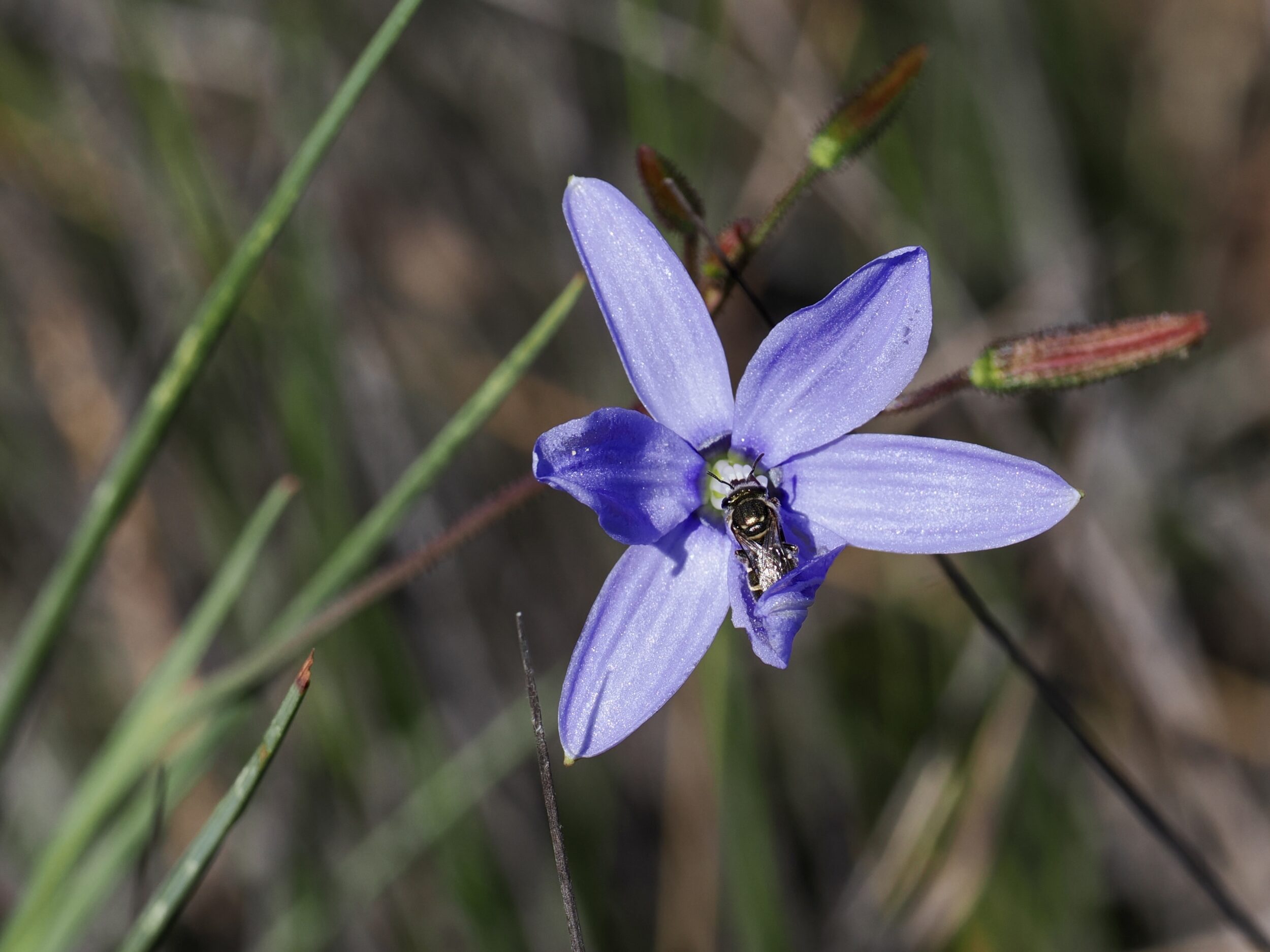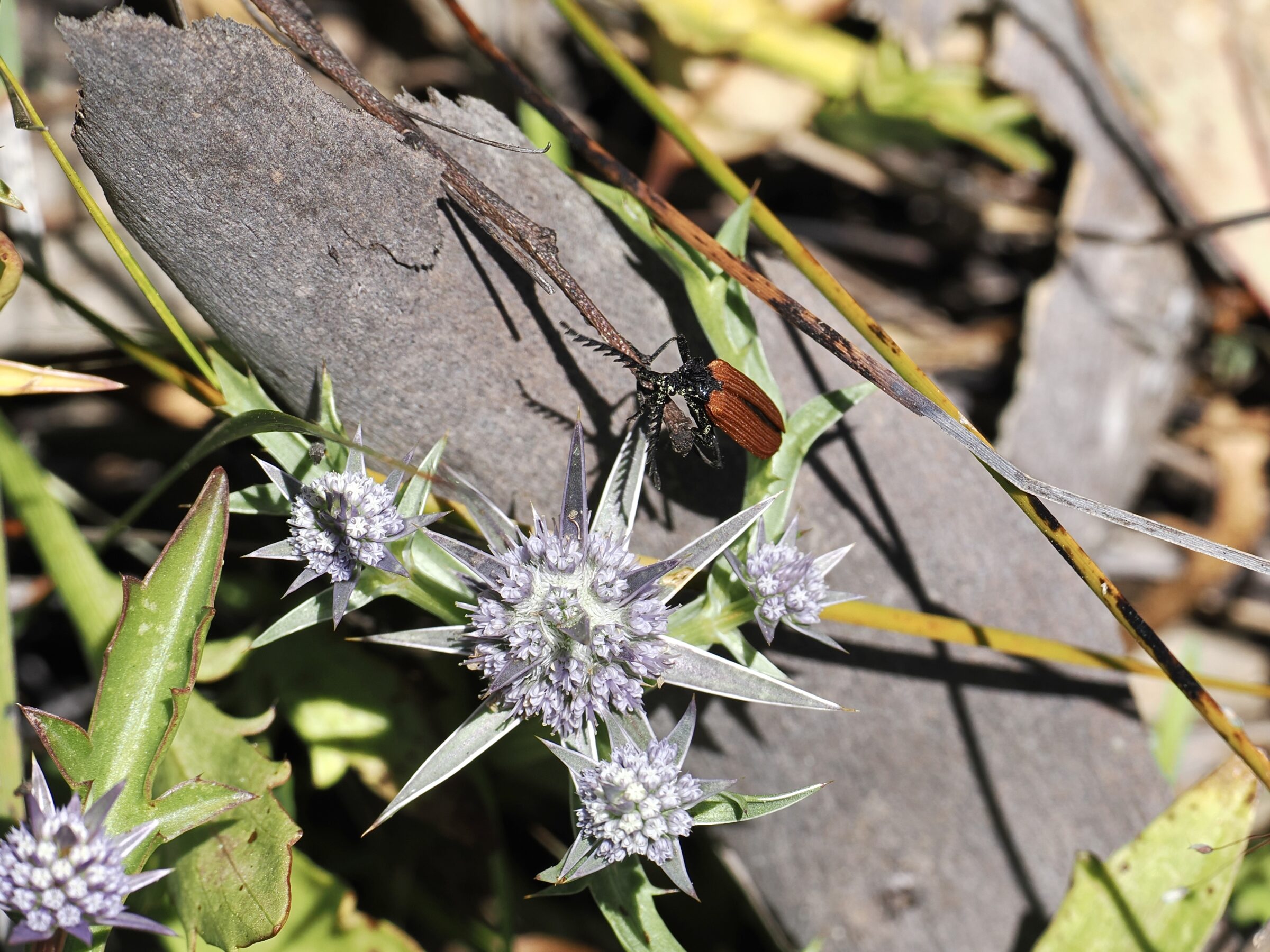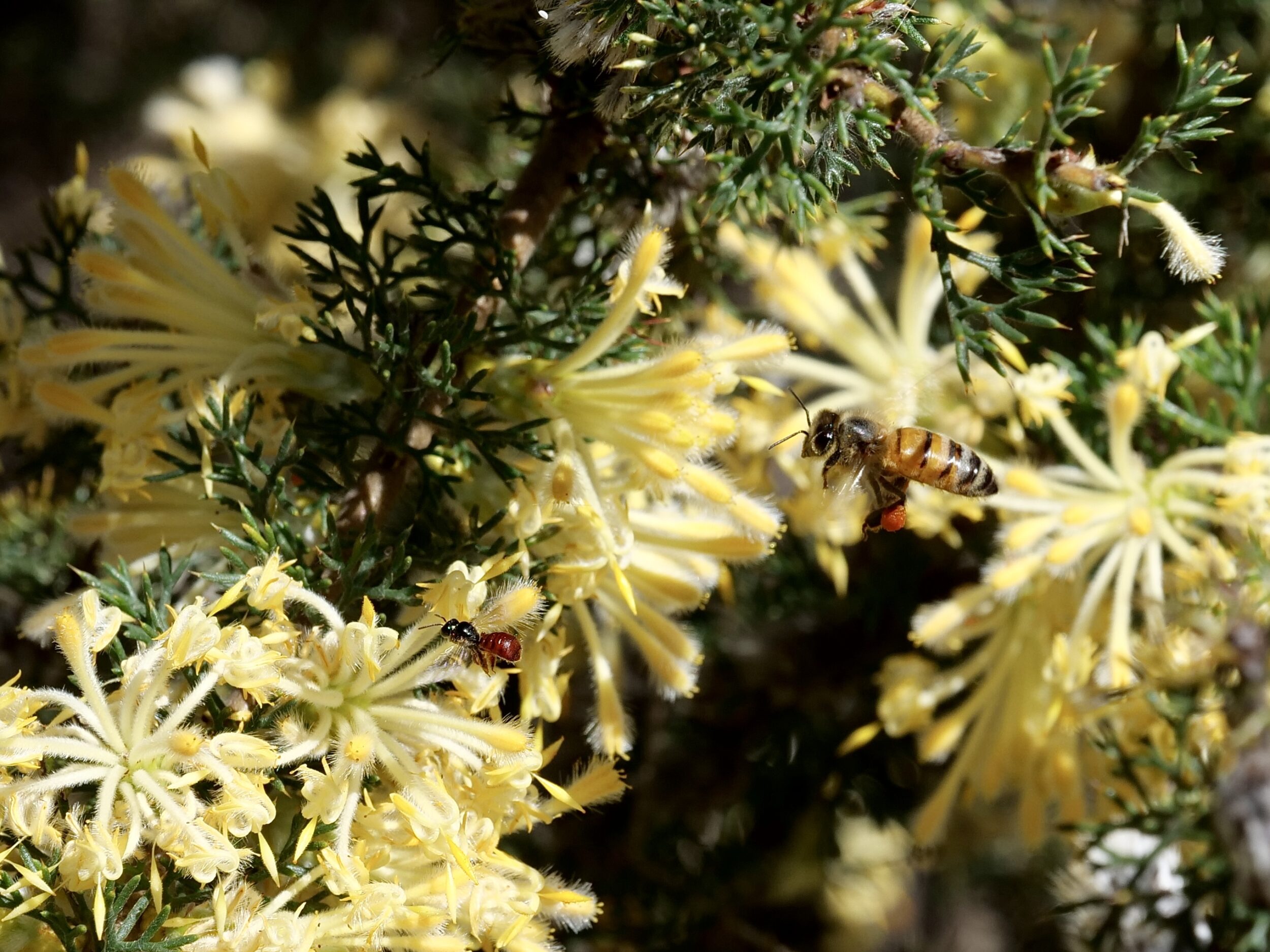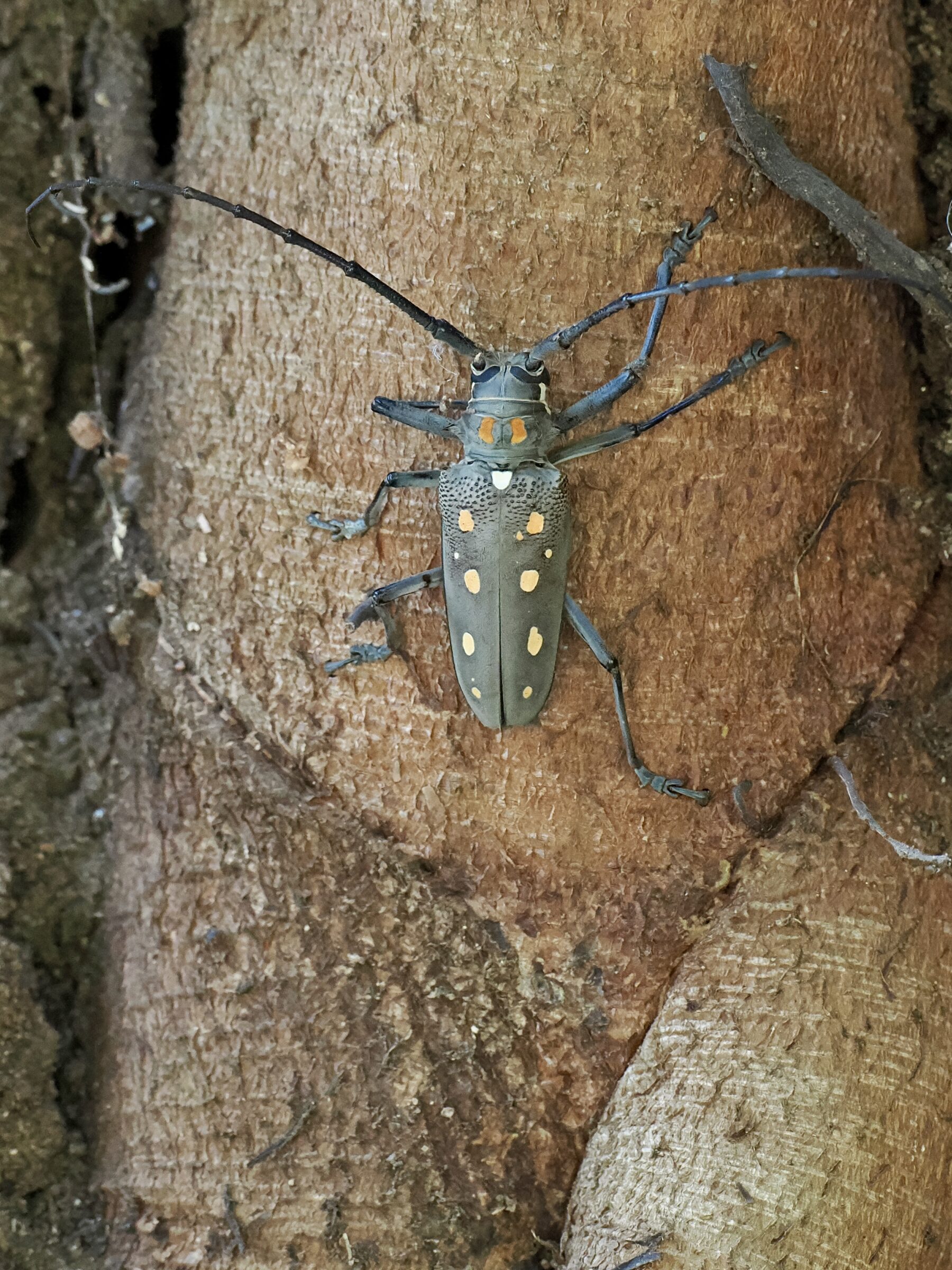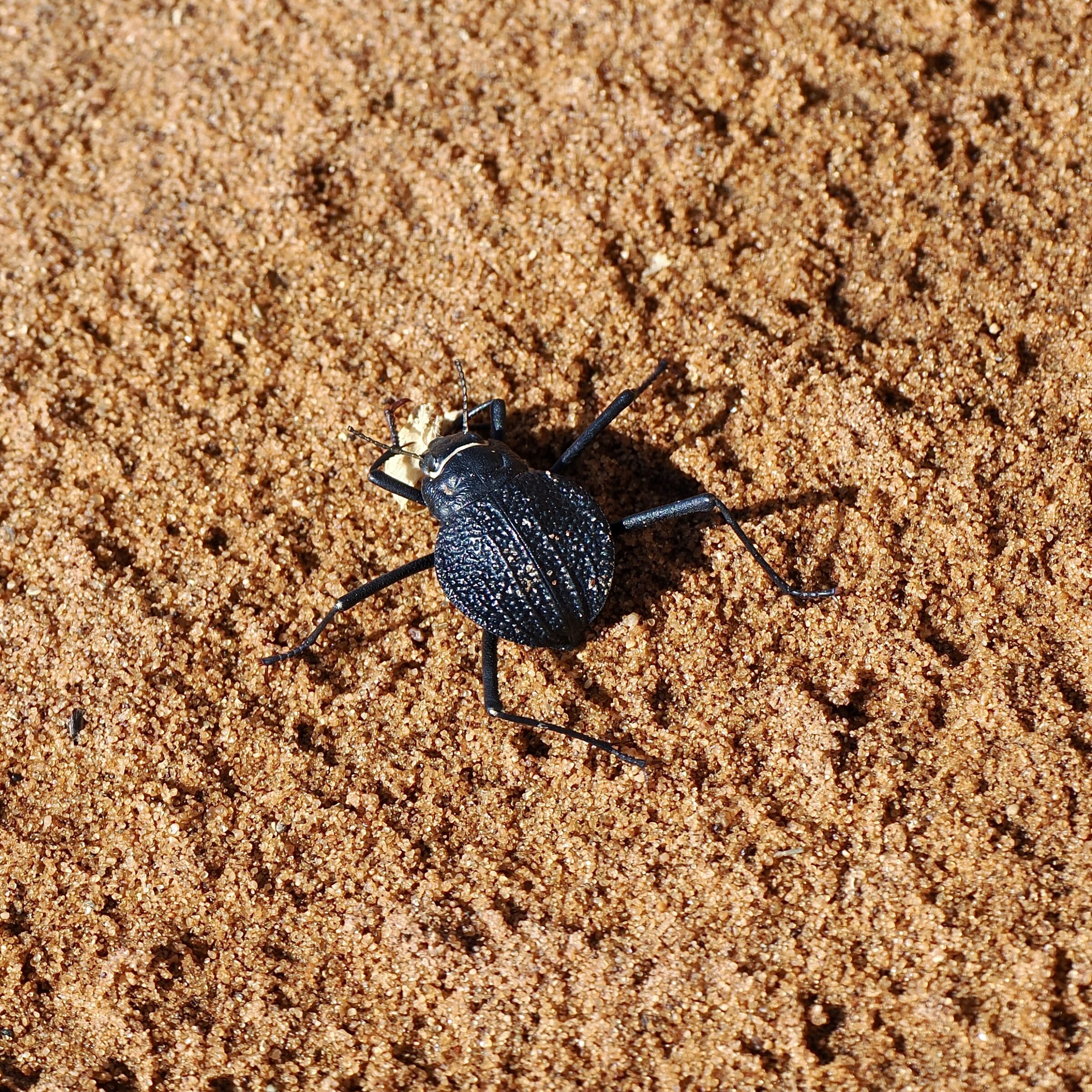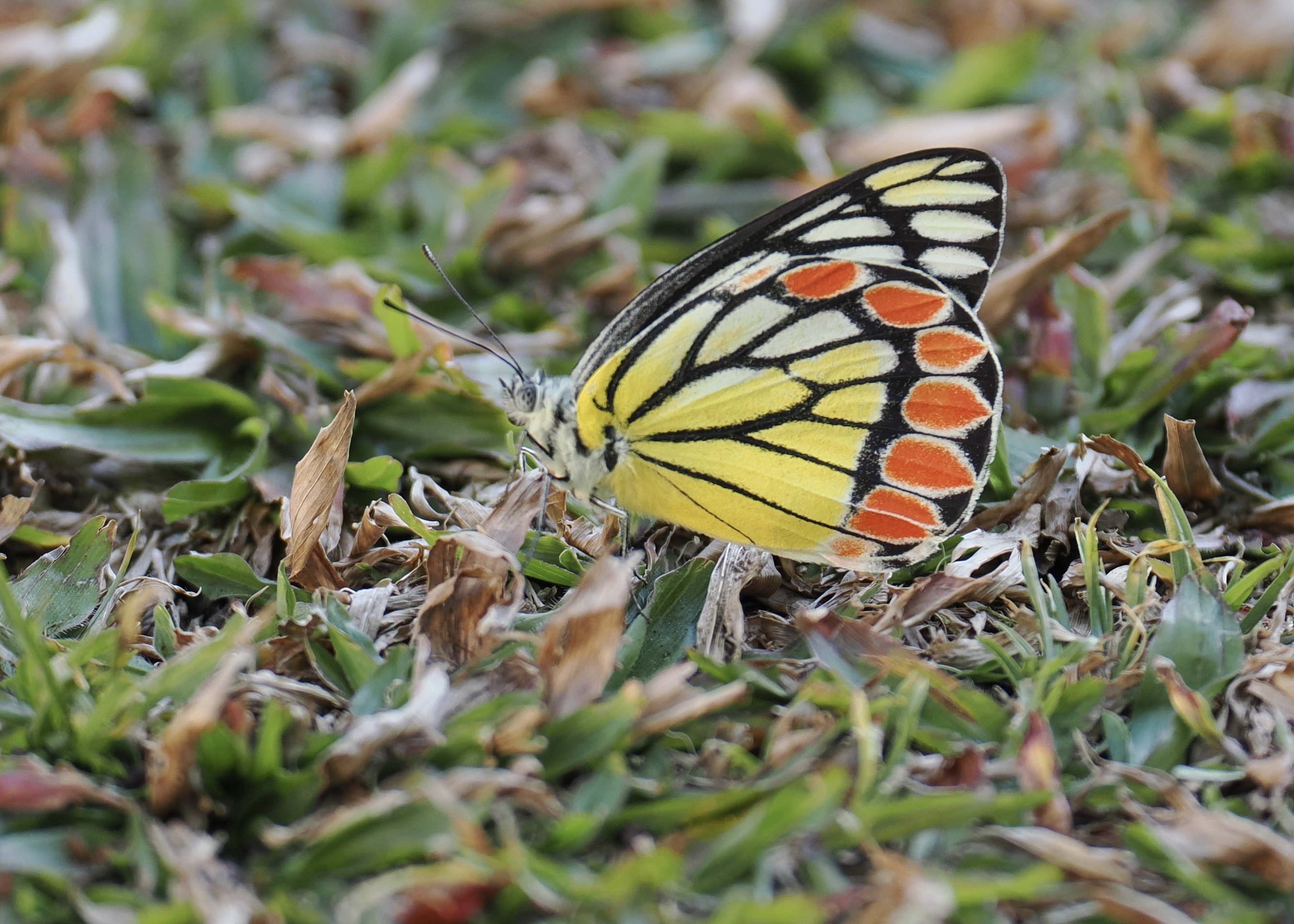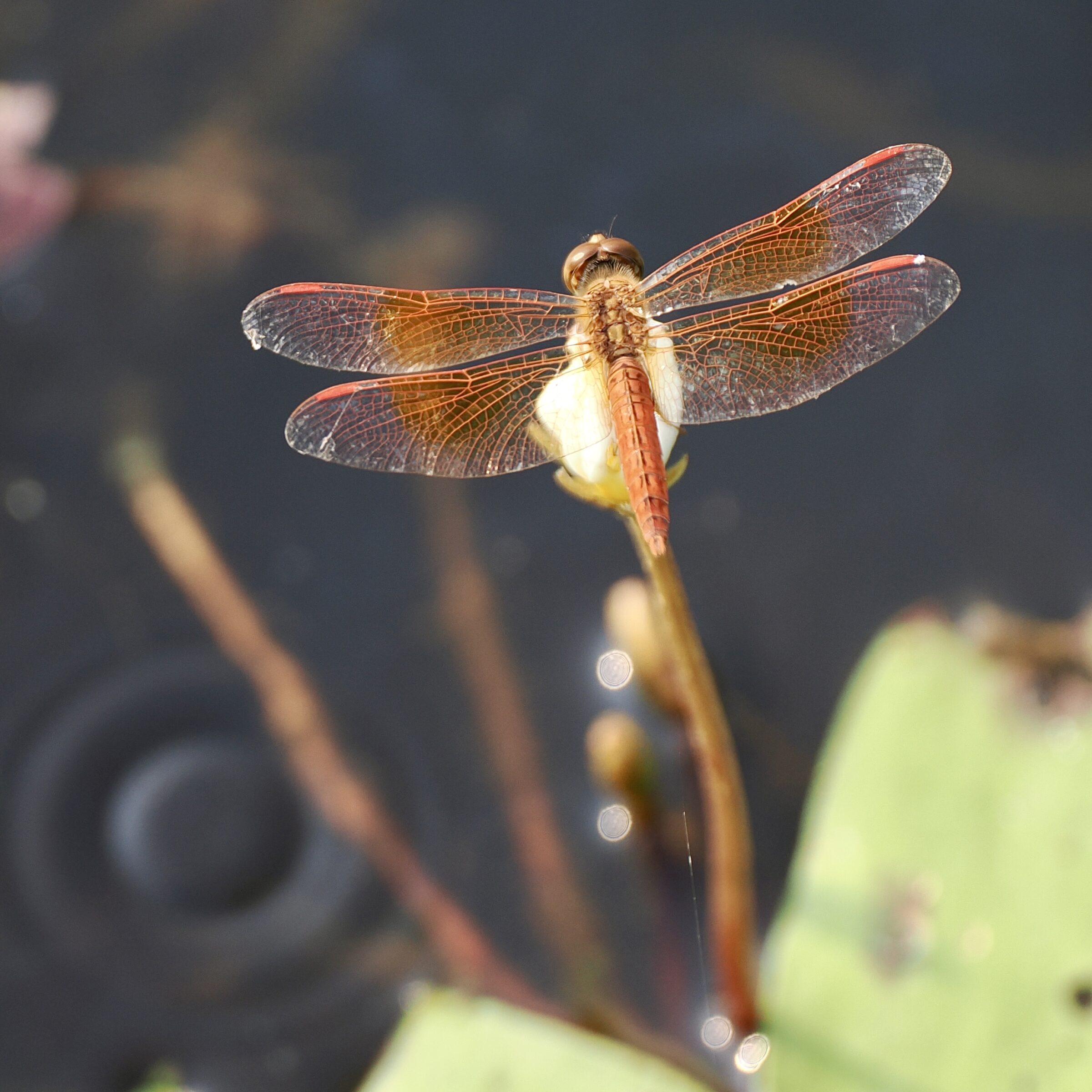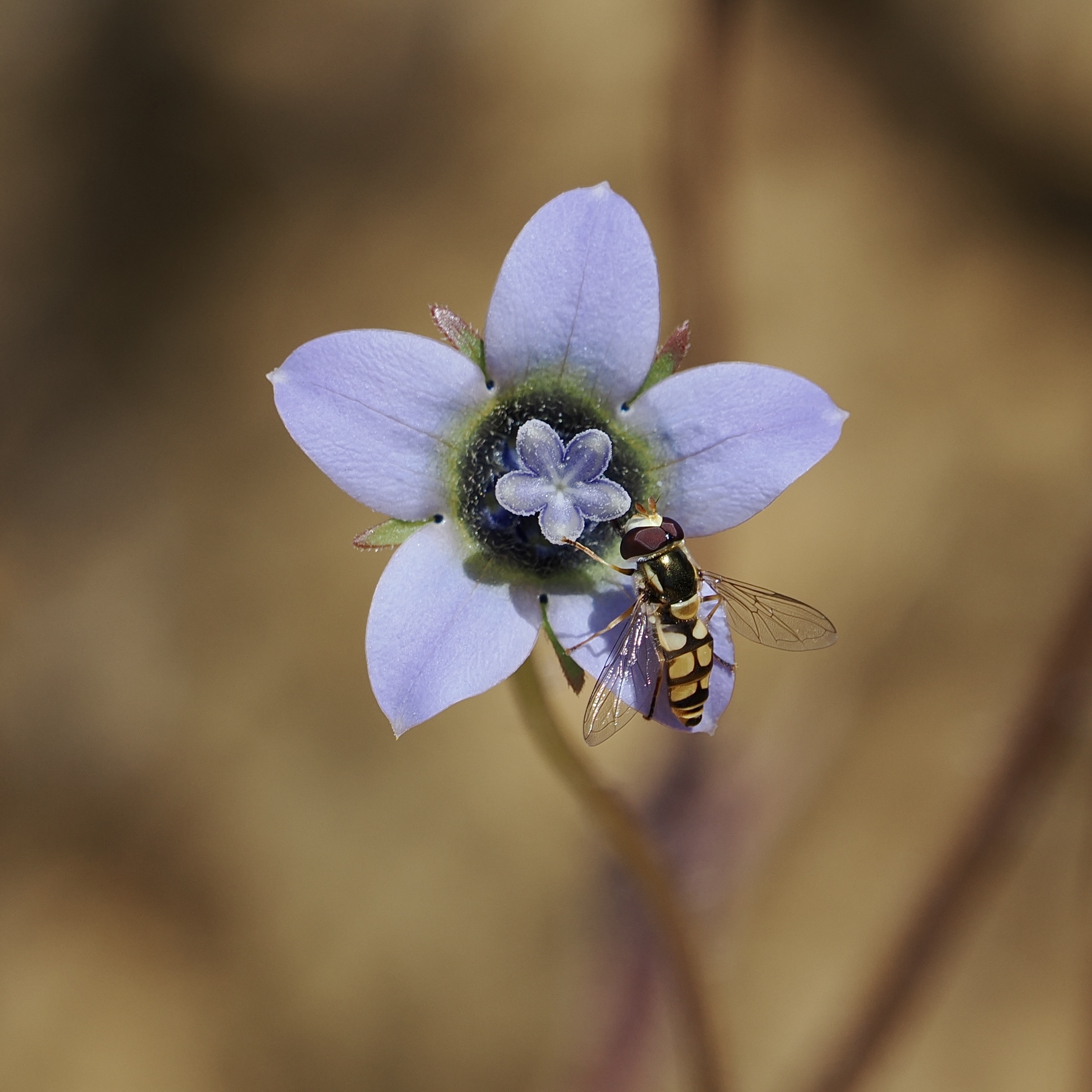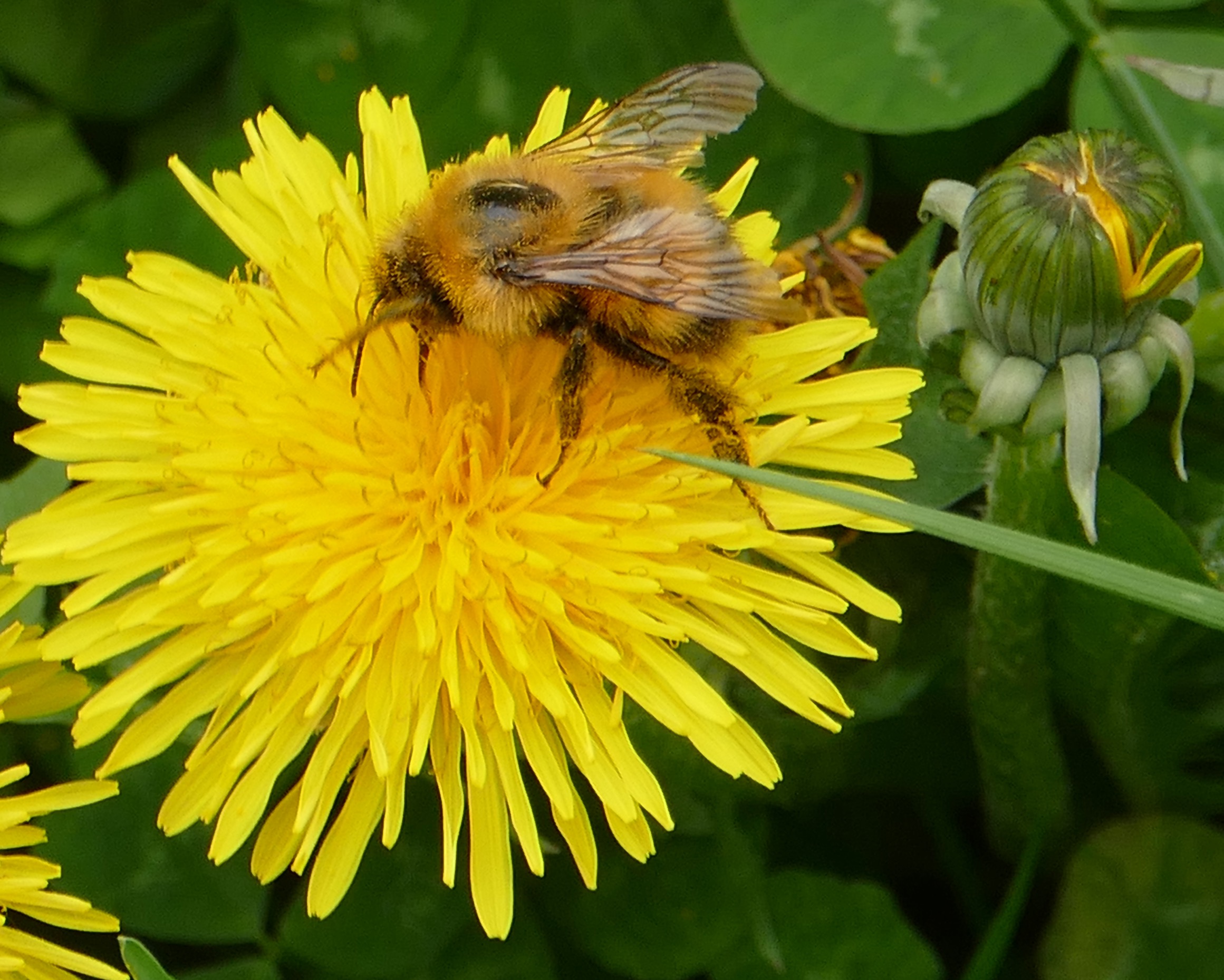I think that the featured image’s “bee” is a bee, and also a member of one of the bigger of Australia’s many native bee species.
At 2.15 pm on 30 October 2023 the sun had been shining brightly for six hours or more, so it is probably safe to assume that I was photographing a “working bee”.
However, s/he just might have been a late-awakening “sleeping bee”; some native bees shelter inside flowers that “close” overnight, and whenever else there is an absence of bright sunlight and warmth.
Comments closed